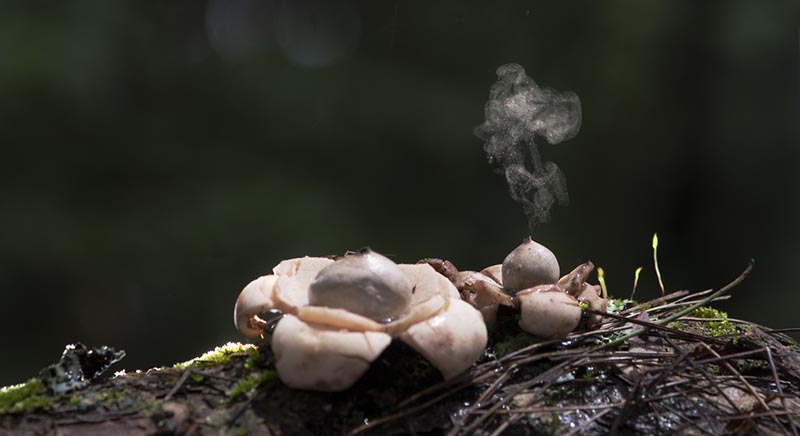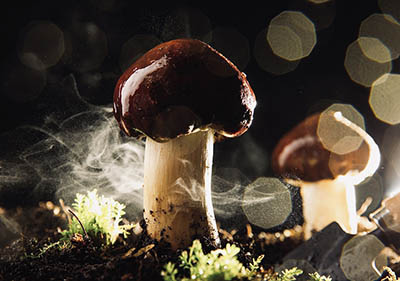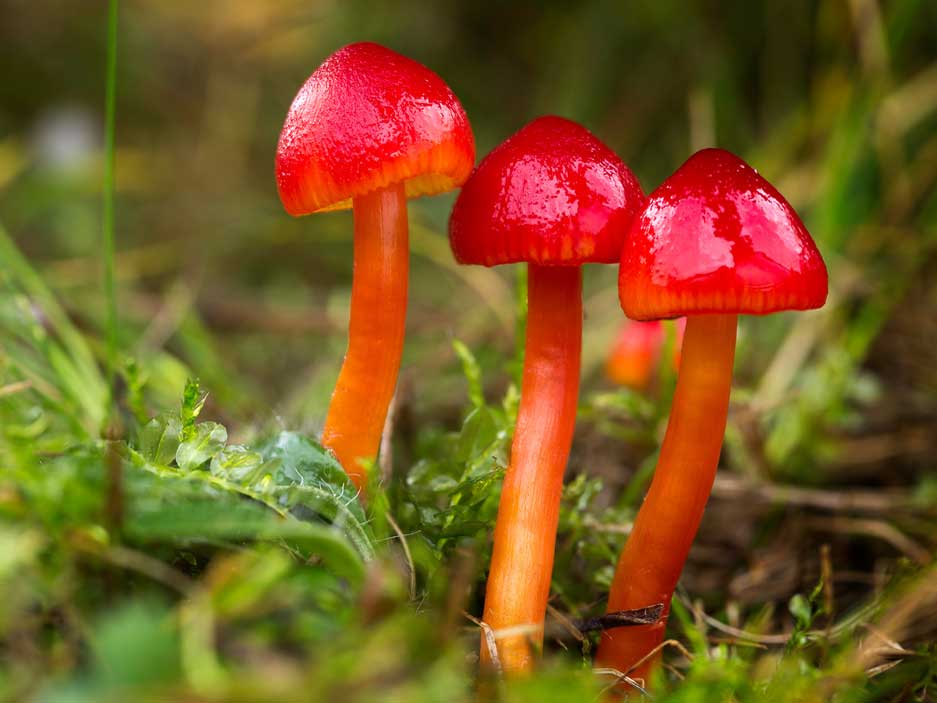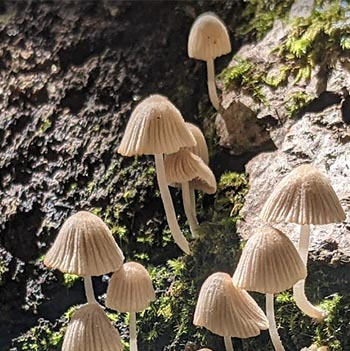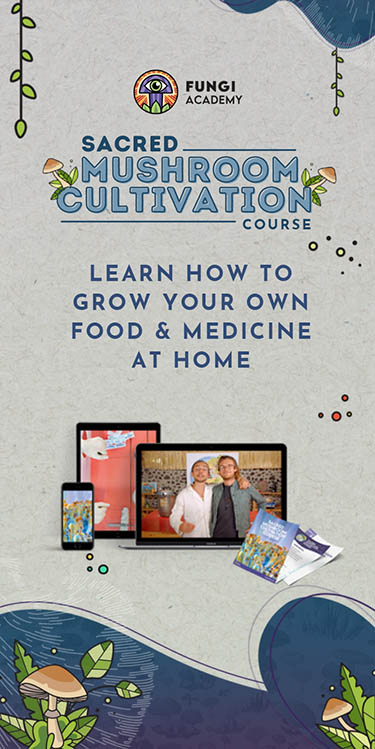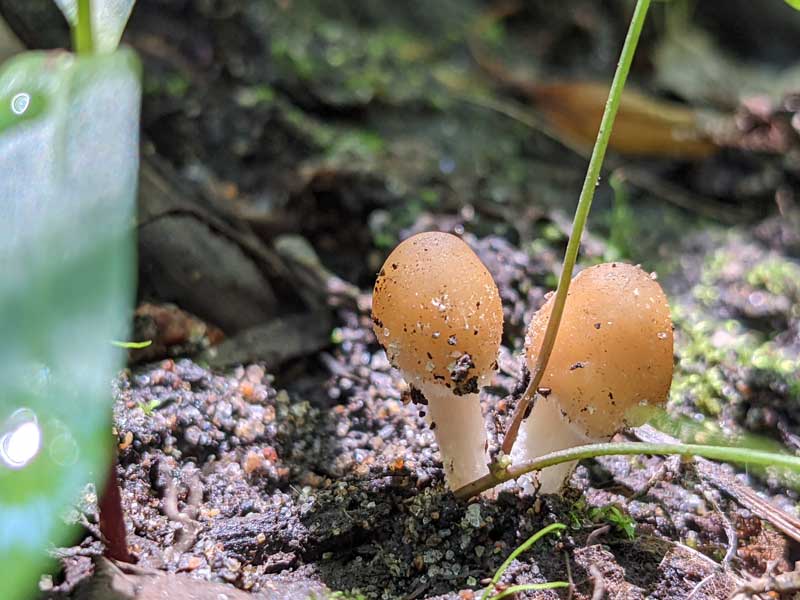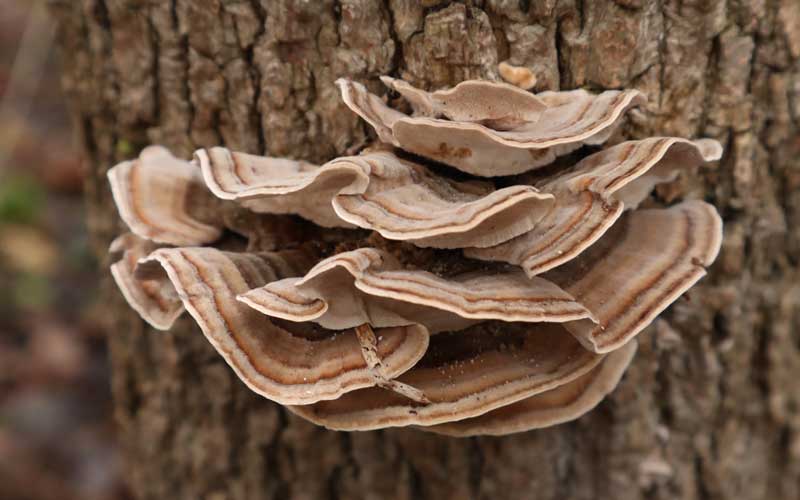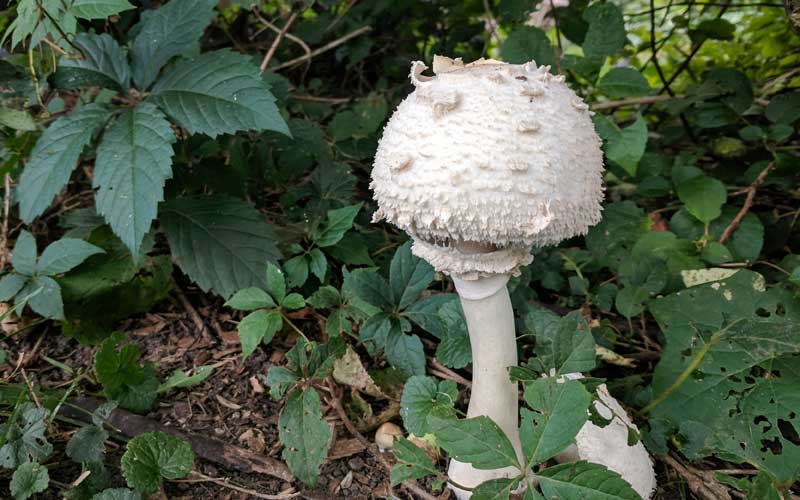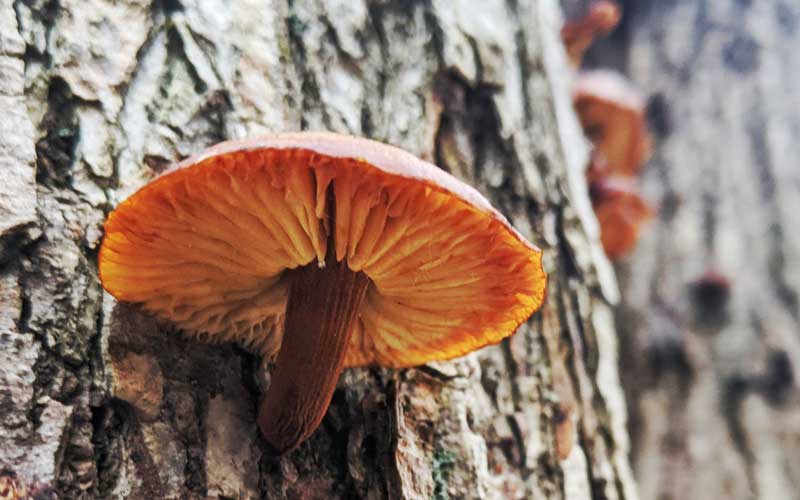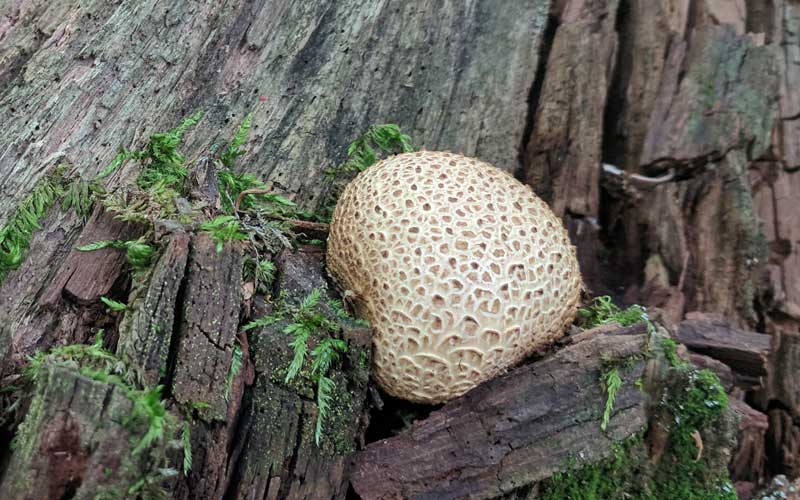- Home
- Mycelium Intro
- Fungi Sex
A deep dive into fungal reproduction – Looking at the surprising ways fungi have sex.
Sex is a racy topic in most settings – at cocktail parties, around the water cooler, in the news, or as the brunt of jokes. But in nature, sex is a serious matter of sheer survival. The ability to have lots of sex, with many partners is an evolutionary advantage.
It’s one of the reasons fungi have become the most numerous, diverse group of organisms on earth – their prolific sex lives. It may seem strange to picture fungi having sex, but all species do it… Fungi just do it better than most, and in more ways than you can imagine.
While fungi have mastered the traditional heterosexual reproduction modes common in plants and mammals, scientists believe it is fungi’s alternative sex strategies that helped them establish global dominance.
So, let’s explore all the different types of sex that fungi have pioneered in the last billion years. Don’t worry, we’ll keep it simple with straightforward terms and we promise not to make you blush.
Fungi use sexual diversity as a mating strategy.
The scientific term for heterosexual reproduction in fungi is heterothallism – a mating strategy that involves two different sexes merging to produce one offspring.
Fungi that reproduce sexually are called teleomorphs. This type of sex involves the fusion of two gametes (mating types) and their nuclei, producing genetic variation in their offspring (a mix of both parents).
Humans and most mammals can only reproduce by having heterosexual intercourse between a male and female. Sexual types in humans are determined by the number of X and Y chromosomes each person inherits from their parents.
Fungi have a similar system. But instead of chromosomes, they possess single genes. Fungi also have two basic mating types (equivalent to male and female). A fungus with the MAT1 gene has the MAT1 mating type. Fungi with the MAT2 gene belong to the MAT2 type.
In order to have sex, fungi must find a partner with the opposite type. That means only 50% of heterosexual fungi are sexually compatible – which significantly limits the number of partners available. But there are also benefits...
Heterosexual reproduction creates the highest genetic variability in a population and more diverse genetic lineages – which helps fungi adapt to rapidly changing environments.
This biological advantage is how fungi survived multiple catastrophic events and atmospheric changes over the past billion years. And helped them evolve the astounding diversity we see in fungi today.
Fungi reach out with irresistible sexual signals.
Fungi seek each other out much like animals do – with pheromones (or smell). Pheromones are chemicals produced inside a body to illicit a favorable sexual response in a compatible mate.
An MAT1 fungus is able to detect small molecules that MAT2 types emit through pheromones. However, some fungi have adapted their genes to have more sex with all types.
These specialized fungi can actually change their mating type (from male to female, or vice versa), as opportunity arises – like sexual chameleons.
Other fungi did away with the need for partners altogether to have sex with themselves. These fungi are self-fertilizing and produce sexually compatible gametes (MAT1 and MAT2 cells) on the same mycelium body. They emit both types of pheromones to recognize themselves as a partner.
There are also some fungi that have only one sex gene (MAT2), but somehow developed the ability to produce both pheromones – called unisexuality. Scientists would expect them to need a partner, but instead they have self-sex.
A billion years is a long time to experiment with reproduction strategies… Fungi have evolved even more innovations to bypass the need for finding compatible partners.
How fungi leverage vegetative cloning.
Fungi using vegetative reproduction can reproduce genetically identical offspring on their own – an efficient strategy for producing lots of offspring in a short period of time.
It is often the result of simple fragmentation, when small pieces of mycelium break off to create new organisms. This is how molds colonize so quickly.
It also occurs through fission – splitting of a single cell into two organisms, like yeast. Fission occurs when a mother cell elongates, and its nuclei separates into two identical daughter cells. Fission allows for explosive population growth when environmental conditions are favorable.
Budding is another vegetative strategy used by yeasts. Little outgrowths (buds) form on the parent’s body, which cling to the parent until they reach maturity, then simply fall off to become an identical organism.
In many underground fungi, rhizomorphs form into twisted ropes of entangled hyphae. These ropes lay dormant for long periods in the soil, until favorable conditions trigger them to break free and form new mycelium.
The downside of vegetative cloning is that populations have little genetic variation to adapt if conditions change. That’s why dormancy is critical for survival.
Many fungi can reproduce without mates.
This is called primary holothallism. Most fungi are not heterosexual, but holomorphs – organisms that can reproduce sexually or asexually depending on their environmental conditions.
Asexual modes are not only efficient, they also produce greater genetic diversity and optimize reproductive success. The most common and widely dispersed asexual strategy is spores.
The process of spore production is called mitosis. Spores can be unicellular, or multicellular, and come in a wide variety of size, color, and shapes, depending on the parent.
Spore production is fungi’s most versatile and successful innovation – casting a broad net of reproductive cells into a large mating pool. Spores operate much like seeds and pollen in plants and are transmitted by wind or water.
Fungal spores boast an arsenal of superpowers.
Spores are typically single reproductive cells capable of developing into new organisms without fusion. And they are the most differentiated cell on earth. Being small and light aids in dispersal, usually airborne. However, some are transported on the bodies of insects and animals.
Fungal spores are produced in two ways – when mycelium breaks into smaller fragments; or by specialized structures, like the fruiting bodies of mushrooms.
Fungal spores only germinate under favorable conditions of humidity, temperature, and available nutrition. But spores can lay dormant for long periods. After germination, spores grow hyphae and become individual fungi that reflect their inherited genes.
The sexual adaptations of fungi help them survive and thrive in a fast-changing world.
With climate change presenting an existential threat to biodiversity on our planet, fungi are not done evolving. Industrialization has caused massive disruptions to earth’s atmosphere, soil microbiomes, and hydrology cycles.
Yet fungi continue to thrive despite large-scale environmental pollution and rampant deforestation of the diverse ecologies they inhabit and nurture.
As we face the sixth largest mass-extinction event in history, one thing remains clear – if any species can adapt to impending global warming it is fungi. Spores will have to become more resilient to drought. Mycelium will have to regenerate our soils at an unprecedented rate. And fungi must continue to innovate diverse sexual strategies to thrive in the next millennium.
Mycologists believe that fungi’s evolutionary prowess holds the answers to our most pressing environmental problems, and their research continues to unlock the mysteries of fungal innovation.
Related Topics:
Mushroom Spores Are One of Nature’s True Marvels
Spores are the microscopic “seeds” of mushrooms and fungi. They are everywhere… even in the air we breath, wherever we are. Read the full article...
4 Ways mushroom mycelium challenges our definitions of intelligence.
As humans we like to believe only our species is intelligent. Research into fungal mycelium is now challenging that assumption. Read the full article...

Mycelium… the underground network that connects and supports all life.
Mycelium is the miracle beneath our feet. It’s the root system of the mushrooms we see above ground, and a whole lot more. Read the full article...
How fungi and mycelium transformed life on earth.
Follow this deep dive into the early days of fungi on our planet, and their evolution through to the present day. Read the full article...
7 Different products that are made with mushroom mycelium.
From buildings to vegan leather and beyond, mycelium is proving to be a powerful alternative to traditional materials. Read the full article...
Mycelium is the secret ingredient in healthy garden soil.
Mycelium holds everything together in the soil of a healthy garden. Without the mycelium, the health of all your plants and trees will suffer. More here...
